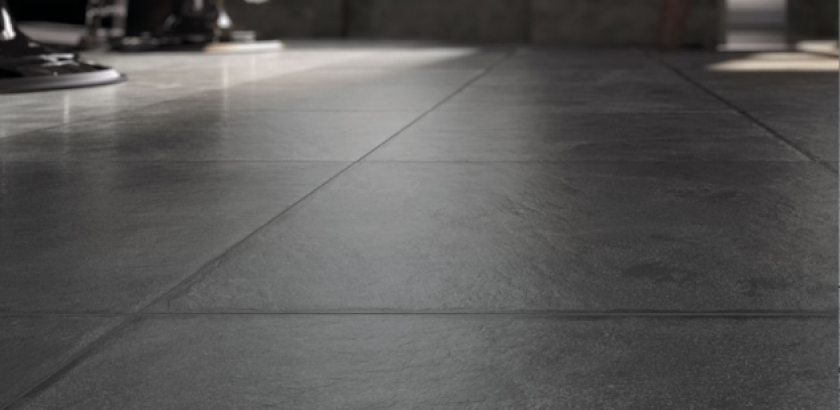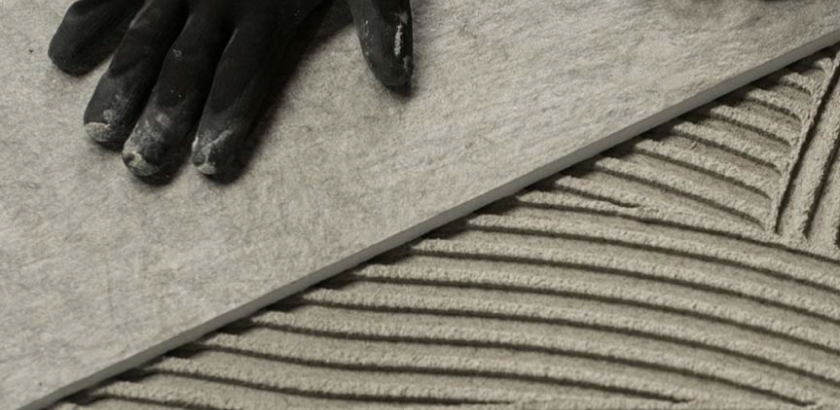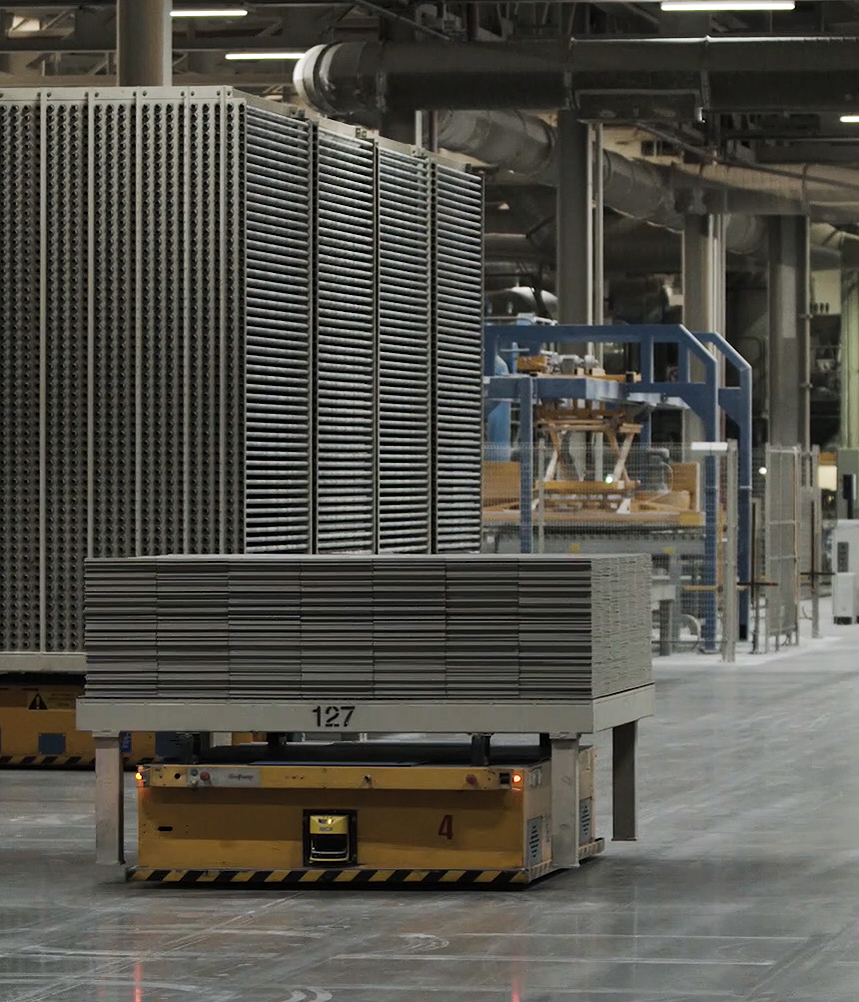Technical Features
Porcelain stoneware is the most advanced ceramic product to date. Its characteristics, which include zero water absorption, frost resistance, increased abrasion resistance, durability, and availability of large formats, will allow you to create coordinated solutions for floors and walls, both in interiors and exteriors.


